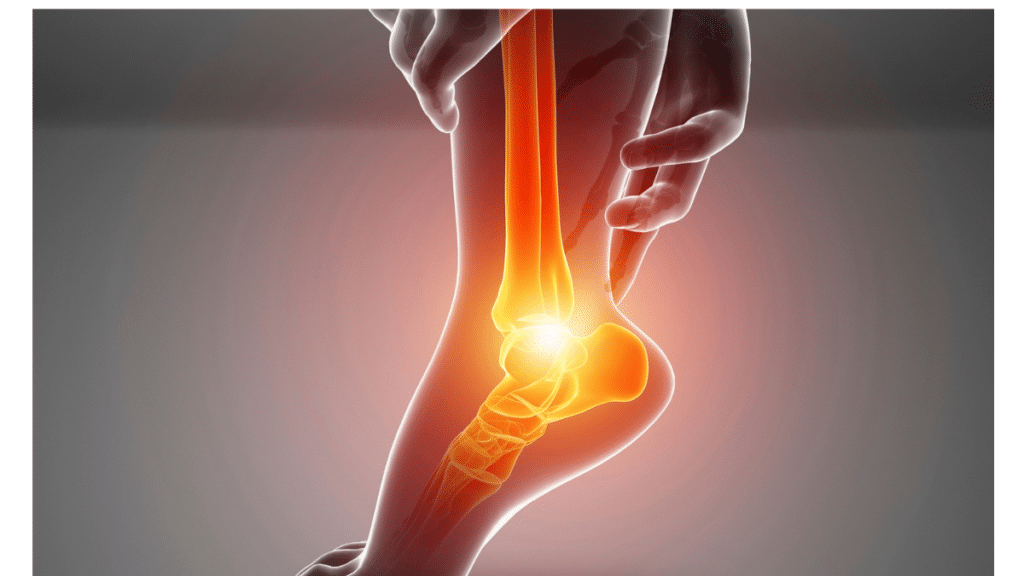Suffering from stubborn heel pain that’s limiting your mobility? You might be dealing with plantar fasciitis, the inflammation of the tissue in your foot. While a complete cure might take longer for some individuals, significant relief from plantar fasciitis symptoms is achievable within a week! This guide outlines a practical approach that combines rest, targeted stretches, supportive footwear, and other helpful strategies to get you back on your feet feeling great in no time.
RICE is Your New Mantra
The first line of defense against plantar fasciitis is the tried-and-true RICE method:
- Rest: Avoid activities that aggravate your heel pain. Opt for low-impact exercises like swimming or cycling.
- Ice: Apply ice packs to your heel for 15-20 minutes at a time, several times a day. Wrap the ice pack in a towel to prevent skin irritation.
- Compression: Use a compression bandage to gently support your foot and reduce inflammation.
- Elevation: Whenever possible, elevate your foot above your heart to minimize swelling.
Stretch It Out for Long-Term Relief
Stretching is crucial for loosening tightness in the plantar fascia and promoting healing. Here are some effective stretches to incorporate into your daily routine:
- Calf Stretch: Stand facing a wall with your hands shoulder-width apart. Lean forward from your ankles, keeping one leg straight behind you and the other foot flat on the ground. Feel the stretch in your calf and hold for 30 seconds. Repeat on the other side.
- Plantar Fascia Stretch: Sit down and loop a towel around the ball of your affected foot. Gently pull back on the towel to stretch the arch of your foot. Hold for 30 seconds and repeat several times.
- Towel Toe Scrunches: Sit down with a towel on the floor. Place your foot flat on the towel and scrunch it towards you using your toes. Repeat 10-15 times.
Supportive Shoes Are Your Foot’s Best Friend
Un supportive footwear can exacerbate plantar fasciitis pain. Invest in shoes with good arch support and cushioning. Consider consulting a podiatrist or physical therapist for personalized recommendations on footwear or orthotics (shoe inserts) that can provide additional support and alignment.
Night Splints: A Gentle Approach to Healing

Night splints gently hold your foot in a flexed position while you sleep, preventing the plantar fascia from tightening up overnight. This can significantly reduce pain and stiffness in the mornings.
Natural Pain Relief and Healing Support
While consulting with your doctor before starting any new medication is essential, some people find relief with over-the-counter pain relievers like ibuprofen. Supplements like fish oil or turmeric, known for their anti-inflammatory properties, may also be helpful additions to your healing journey.
Massage Therapy for Targeted Relief
Gently massaging the arch of your foot with your fingers, a tennis ball, or a foot roller can help ease tension and improve blood flow to the area, promoting healing.
Consistency is Key: Celebrate Small Victories
Remember, healing takes time. Diligently follow these steps, even if you don’t see immediate results. Celebrate small improvements in your pain levels and mobility. With persistence, you’ll be well on your way to conquering plantar fasciitis in a week.
Conclusion: Take Charge of Your Foot Health
Plantar fasciitis can be a hassle, but with dedication and the right strategies, you can find significant relief within a week. By incorporating rest, stretching, supportive footwear, massage, and potentially natural remedies or doctor-approved medication, you can experience a much faster recovery. Remember, healthy feet are essential for an active life. So, take charge of your foot health and get back to enjoying your daily activities pain-free!



